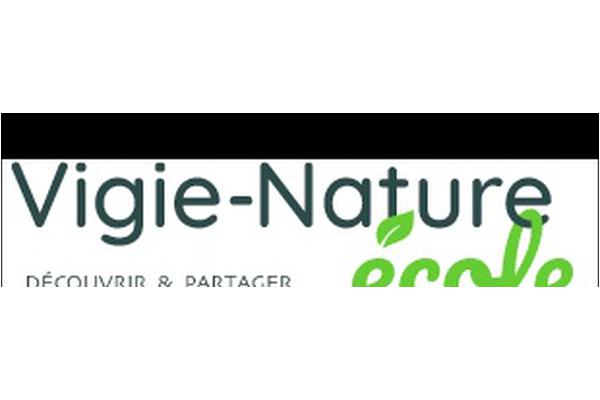Vigie Nature Ecole
from 20/09/2012
To encourage this practice, the Vigie-Nature École program offers French teachers the opportunity to monitor what is known as “common” biodiversity by implementing scientific protocols with their students. Eight observatories are available for preschool to high school-aged students to study various groups of animals throughout mainland France such as snails, pollinating insects, bats, earthworms, urban flora, birds, algae and shellfish. The design and development of this program has been entrusted to a Life and Earth Sciences teacher, in collaboration with the General Inspectorate of the French Ministry of Education, to ensure that the implementation of Vigie-Nature École in schools is fully integrated into the school curriculum. Teachers will therefore be able to experiment with new, practical activities that are stimulating for students, across one or several subjects, as desired.
These protocols are developed by researchers at the Muséum national d’histoire naturelle and are effective vehicles for introducing students to a scientific approach in a practical way. Students are encouraged to observe and identify species, to understand the importance of information collected under “standardized” conditions (observation period, area covered, time of year, etc.) or documented conditions (weather, type of environment, etc.).
The data collected by students feed directly into scientific research on biodiversity and on how biodiversity is responding to global changes. The scientific and educational grounding of the program means that classes receive feedback in the form of popularized articles and participation reports, ensuring that students can assess biodiversity in their own schools. These resources lead participants to reflect on the steps to be implemented to promote biodiversity.
Aim
Vigie-Nature École offers French teachers the opportunity to monitor what is known as “common” biodiversity by implementing scientific protocols with their students.
Nine citizen’s observatories are currently available for preschool to high school-aged students to study various groups of species such as snails, insects, urban flora and birds.
Talking to people about real-world examples and the local area is essential for raising awareness of the issues related to biodiversity loss. Outdoor field trips with students to show them the diversity of the species all around in everyday life help reconnect them with nature and prepare them for a discussion on measures that can be taken to conserve it.
Created Oct. 14, 2021, 7:56 a.m.
Updated Aug. 10, 2022, 8:13 a.m.

